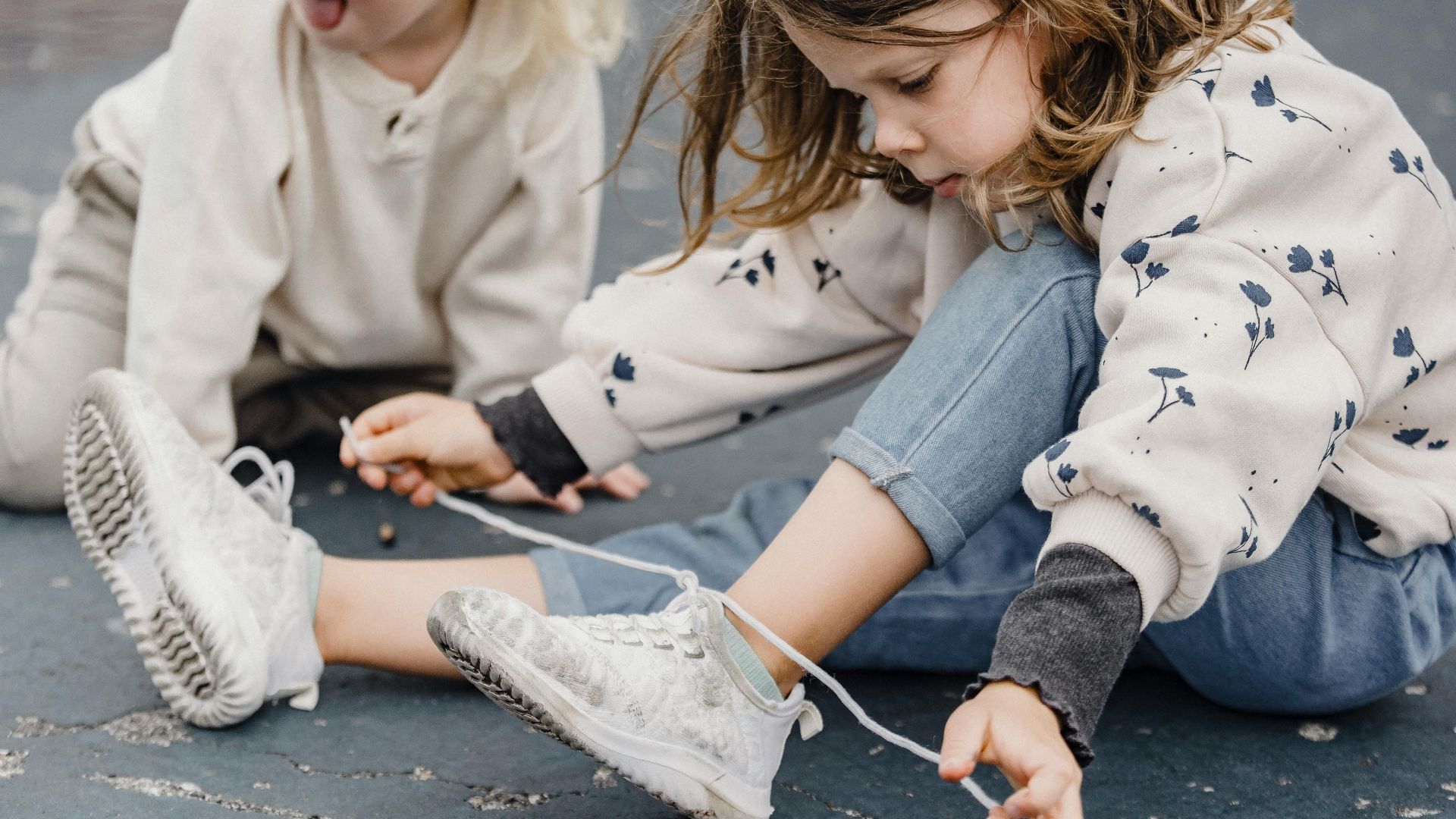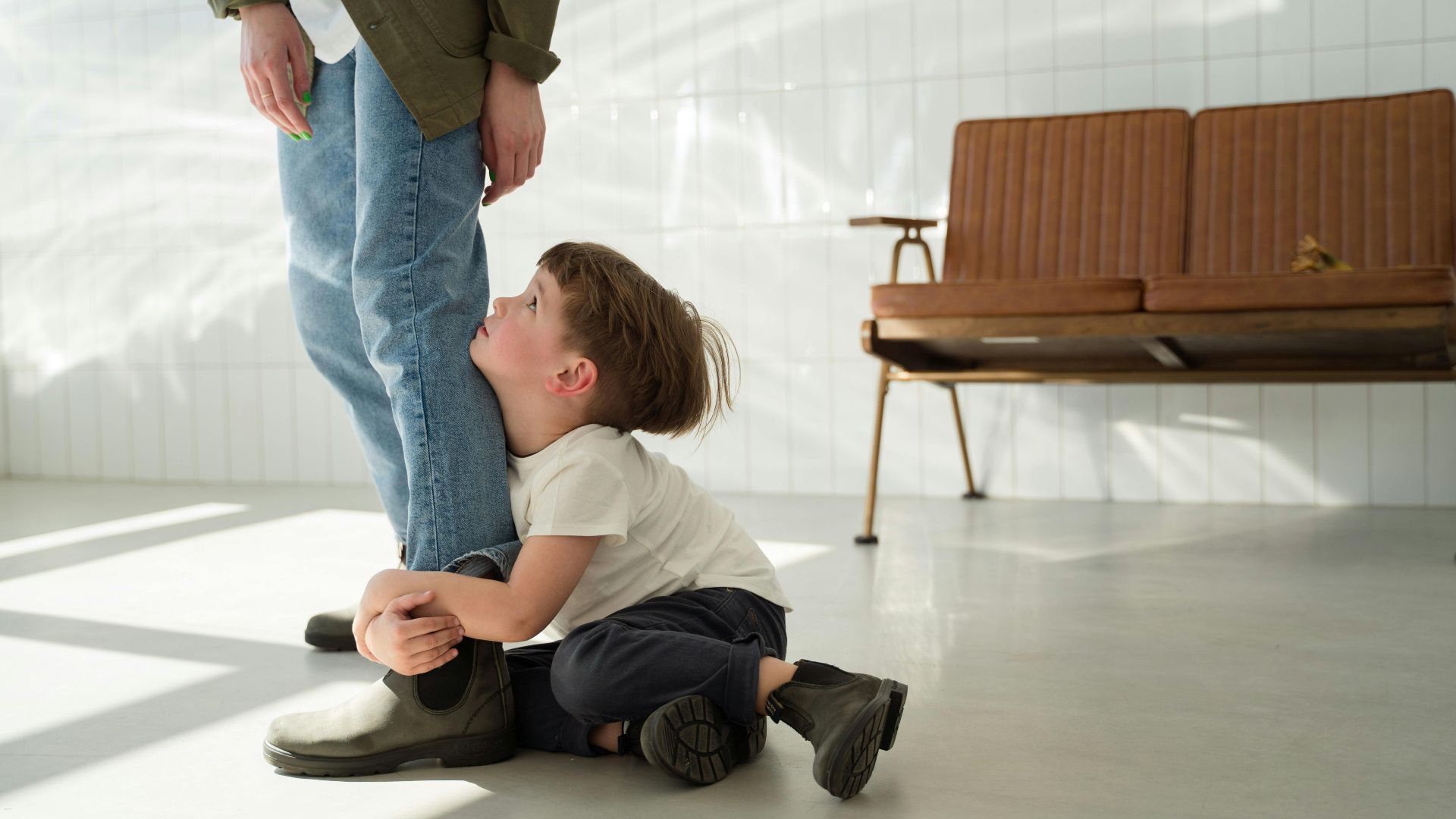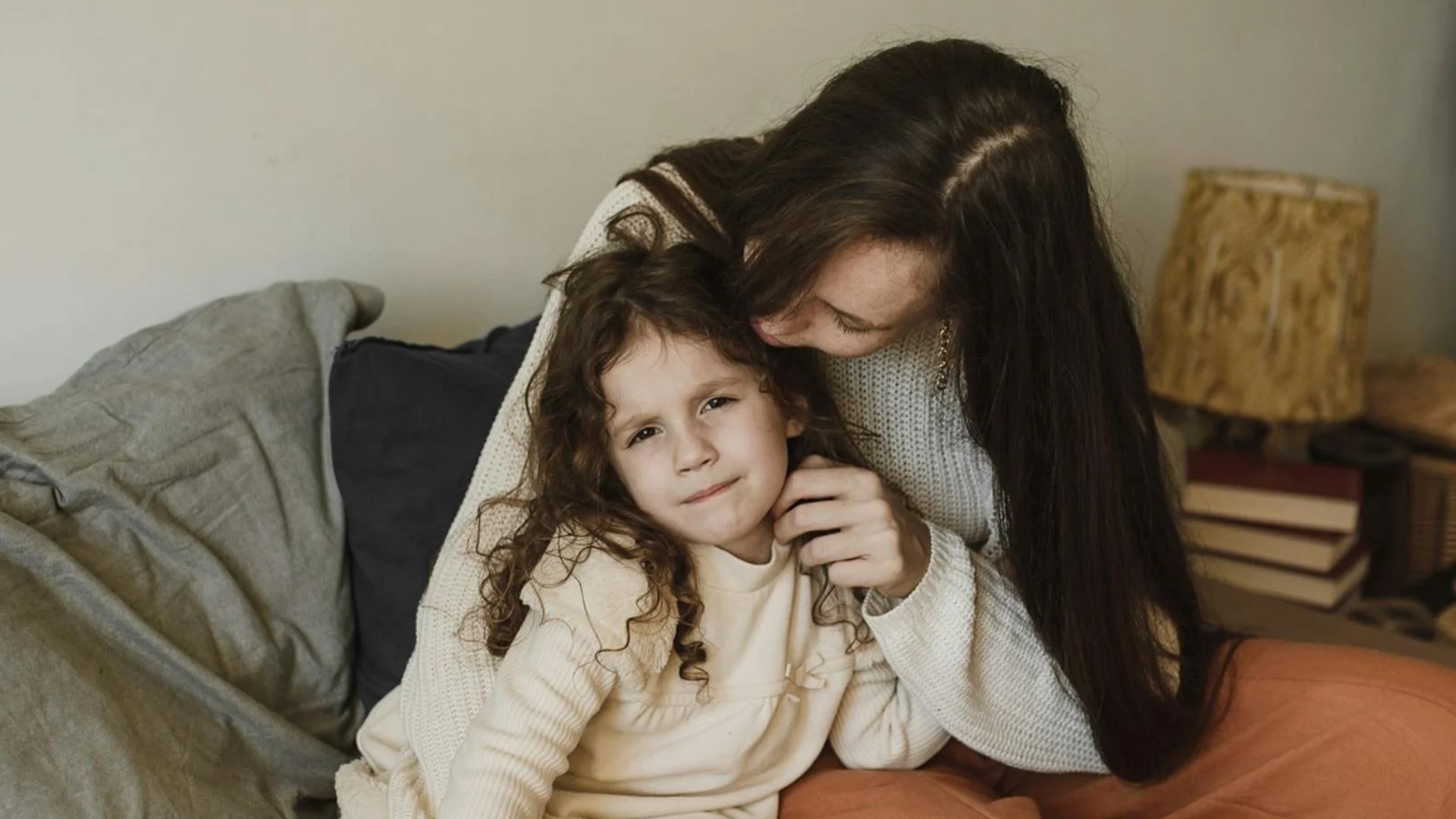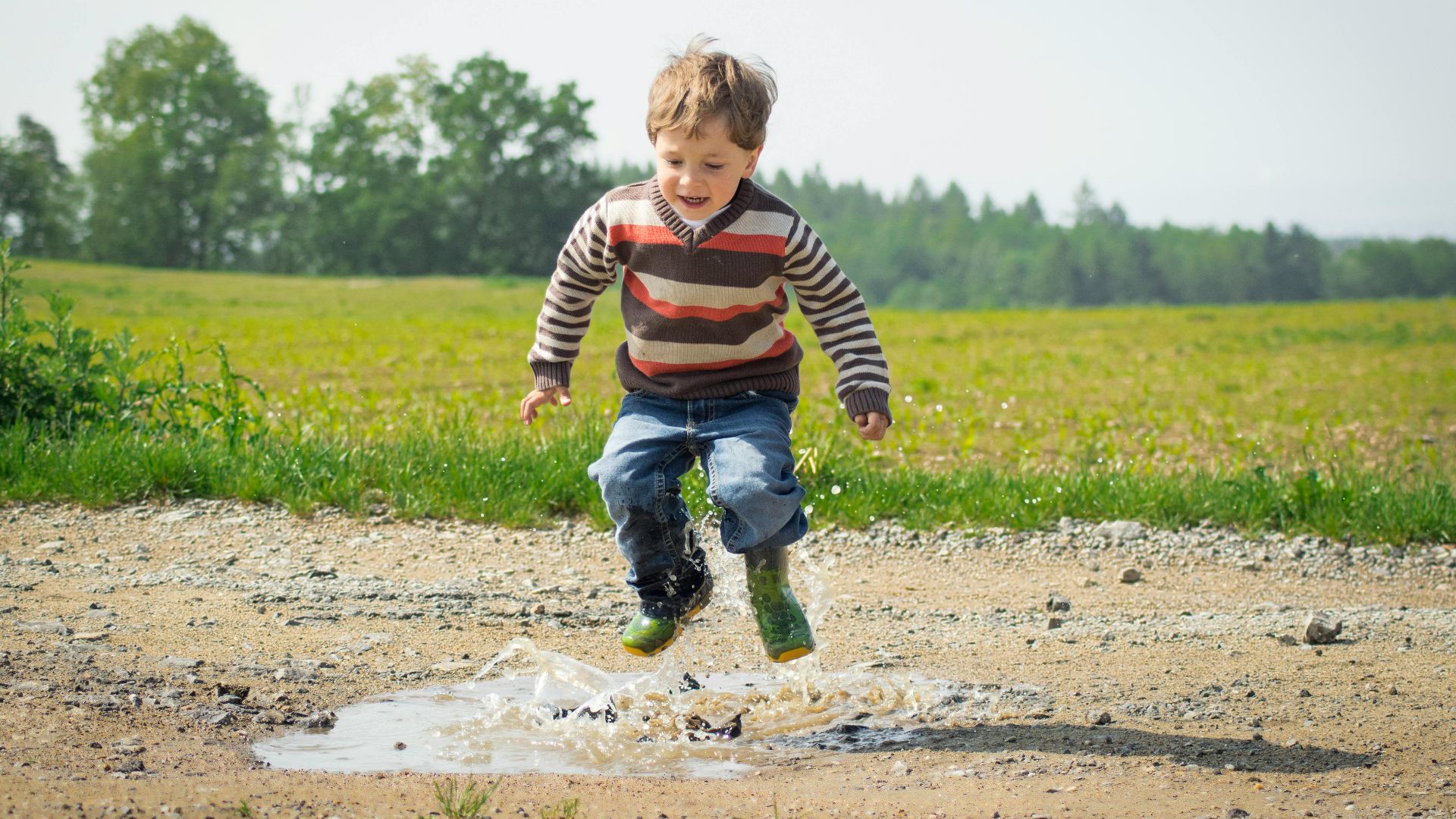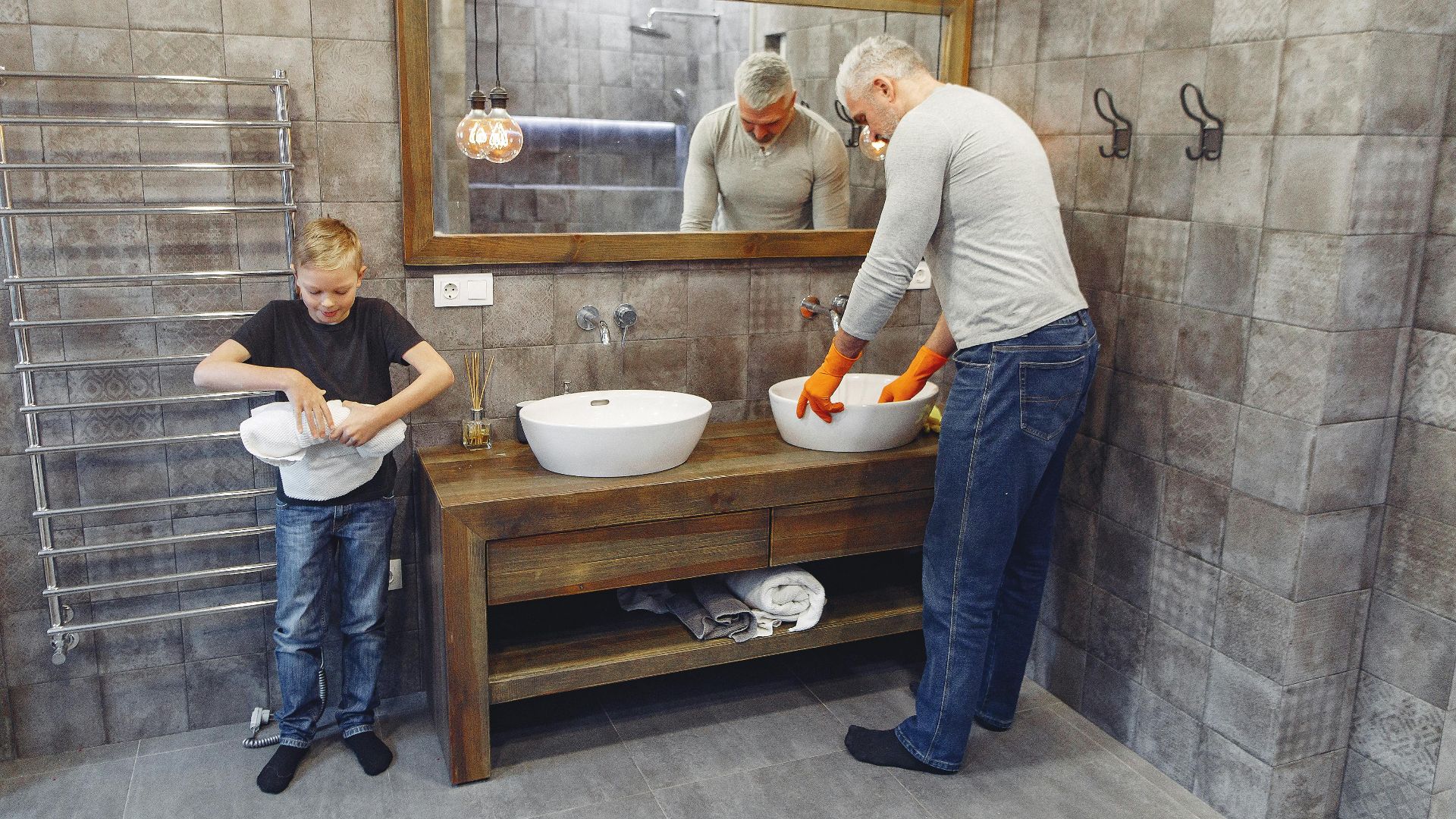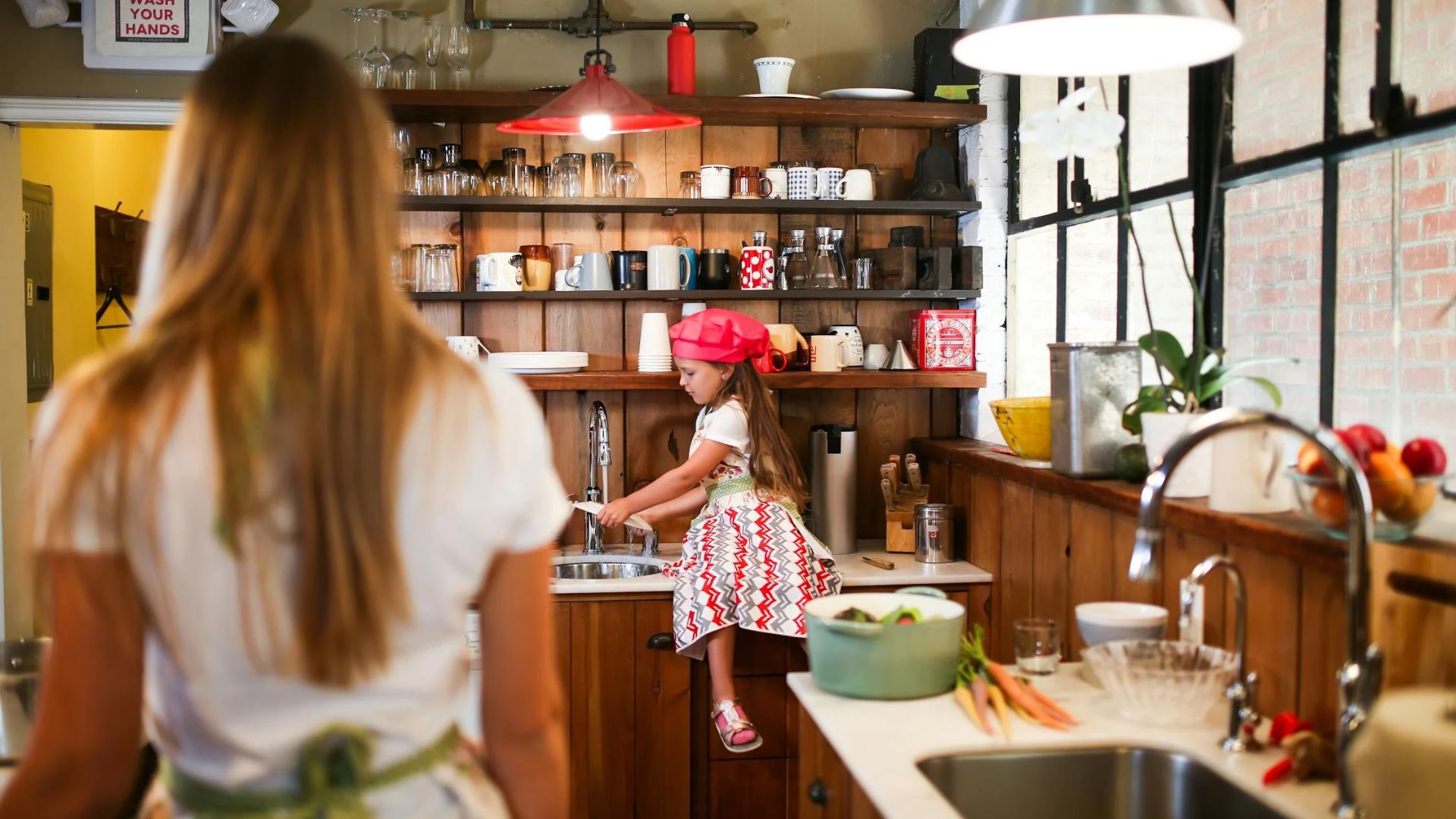10 Parenting Mistakes That Make Your Child Clingy & 10 Ways To Teach Independence
Raising Kids Who Trust Themselves
Some kids stick to their parents like glue because something makes them unsure. It's often unintentional, and parents don't really read into it. But over time, little habits can start to shape behavior, especially when kids learn so much from their mom and dad. We're here to help by showing you 10 key parenting mistakes that create clinginess and 10 ways to support your child’s independence.
1. Avoiding Age-Appropriate Risks
Outlawing tree climbing, biking, or solo projects creates a sterile world where exploration feels forbidden. Kids need bumps and stumbles to build bravery. By removing every challenge, you send a loud, silent message: the world is unsafe, and they are too fragile to face it.
2. Solving Every Problem For Them
A toddler struggles with shoelaces while a parent swoops in. Quick fix, but wrong. Constant intervention steals essential learning moments. When kids expect someone else to fix everything, their confidence in their own problem-solving drops—and so does their willingness to try on their own.
3. Never Leaving Them Alone
Always being together teaches that solitude equals abandonment or danger. A child who never experiences safe separation may panic at even a minor distance. It builds a reliance so strong that simple independence feels unsafe or emotionally overwhelming.
4. Reacting With Anxiety To Their Distress
Tears spill, and your heart races. But if your face mirrors panic, your child absorbs that alarm. Young minds read reactions faster than words. When caregivers seem unstable during emotional moments, it tells them the world is scary and they can't handle it alone.
5. Giving In To Tantrums Too Easily
The supermarket meltdown. You say “no,” then cave. Boom—lesson learned: loud equals reward. Kids are fast learners when behavior earns results. Surrendering during outbursts wires them to cling tighter and push harder, unsure of limits and confused by their own emotional reactions.
6. Using Fear-Based Discipline
Threats or spanking might stop behavior in the short term, but they plant fear, and fear shuts down thinking. Instead of learning cause and effect, children learn to avoid judgment. They cling to authority not out of trust but from emotional insecurity and the need for approval.
7. Displaying Excessive Guilt After Separation
Teary goodbyes and checking in repeatedly all feed anxiety. When you show visible guilt about leaving, children assume something is wrong with separation. It becomes a loaded event instead of a normal transition. Your discomfort becomes their discomfort.
8. Showing Inconsistent Reactions
One day, you laugh at spilled milk; the next, you scold harshly. Your child gets confused. Inconsistent responses fuel emotional uncertainty. Without predictable feedback, they stay hyper-aware of your mood. It creates emotional whiplash that stifles secure, confident development.
9. Discouraging Social Interactions
Turning down playdates or avoiding group activities may feel protective, but it leaves your child unpracticed in handling peers. Without chances to participate in sharing or introducing themselves, kids stay tethered to their parents. Social growth stalls when every social doorway remains shut from the outside.
10. Labeling The Child As Needy Or Shy
Say it often enough, and it sticks. Calling a child clingy or dependent can become a prophecy they internalize. Even if casual, the words follow them and limit how they see themselves and how others treat them socially.
If you're wondering what helps kids loosen that grip and stand a little taller, we’ve got you. Here's what builds real independence.
1. Offer Choices Regularly
Choices train the decision-making muscles. Start with simple ones, like choosing between apples or bananas and a sweater or hoodie. Each selection lets your child practice autonomy in low-stakes moments. Making decisions boosts confidence and helps them learn to trust themselves.
2. Encourage Solo Play Time
Build a world where your child can get delightfully lost in their imagination. Solo play fuels creativity and emotional regulation. Set up a corner with books, blocks, or open-ended toys. Then step back. Uninterrupted play may be the best independence coach.
3. Assign Daily Responsibilities
Chores aren't punishments but trust in action. Tasks like feeding pets or watering plants teach consistency and follow-through. Kids feel proud when they're counted on. Give them ownership of small duties and watch their confidence quietly bloom behind the routine.
4. Model Independent Behavior
Kids absorb more from what you do than what you say. Show them how you deal with mistakes or handle challenges alone. When they see you working through something without panic or perfectionism, it teaches resilience and independence far better than any pep talk.
5. Praise Effort, Not Just Results
Gold stars are great, but praise that spotlights persistence packs more power. Say, “You worked hard on that,” instead of "You're so smart” because effort is controllable. They’ll learn that trying matters more than instant wins—and that their worth isn't tied to perfection. This helps them to grow comfortable with their own abilities and skills.
6. Teach Problem-Solving Skills
When your child gets stuck, don't rush to fix it—ask questions instead about what they could try next or who might help. Teaching this thinking loop builds confidence for real-life jams. Over time, your child starts asking those questions silently on their own.
7. Create Predictable Routines
A predictable rhythm gives kids control over their day. Meals and bedtimes shouldn't feel like wild cards. Routines help reduce anxiety and boost participation. When children know what's coming, they show up more independently and need fewer reminders.
8. Encourage Time With Trusted Adults
Aunties, teachers, coaches—let them play a role. When kids build bonds outside the home, they learn to trust others and thrive without you in the room. Every strong adult relationship strengthens their safety net and helps them feel sturdy in unfamiliar places.
9. Let Them Experience Consequences
Natural consequences teach lessons that lectures can’t touch. Allowing kids to feel the result of their actions builds judgment. It may sting at first, but that discomfort becomes a memory, and that memory becomes smarter decision-making.
10. Support Without Taking Over
Being involved doesn't mean doing it for them. Sit nearby and offer encouragement, but resist the urge to step in. This subtle boundary shift tells your child: "I’m here if needed, but I trust you to try." It’s a quiet, powerful form of backing off.




